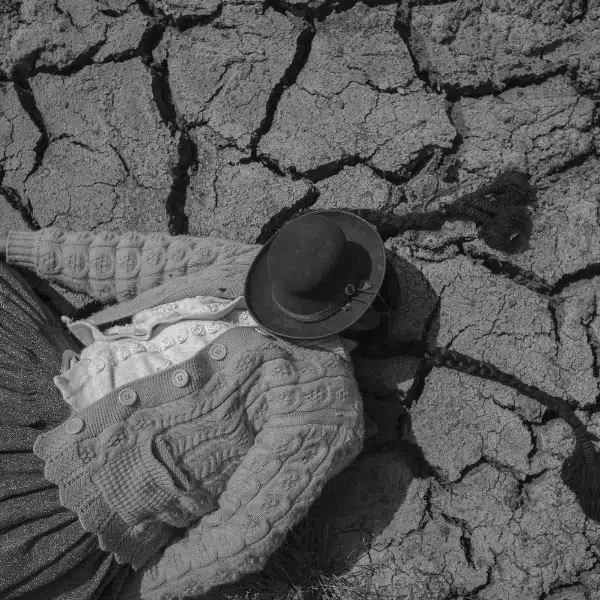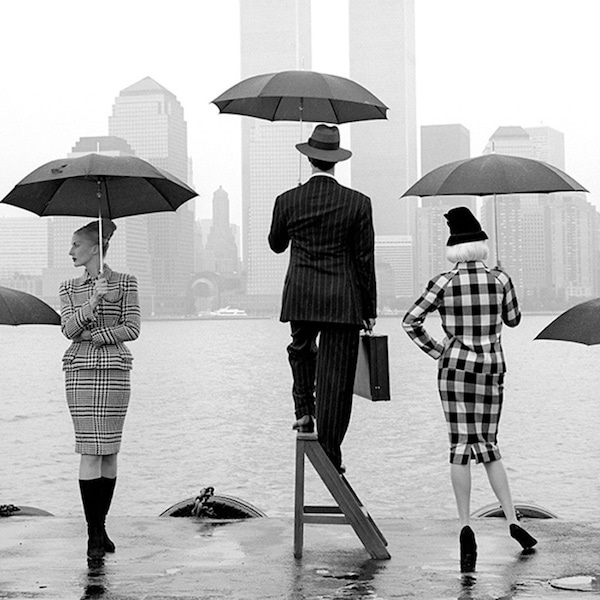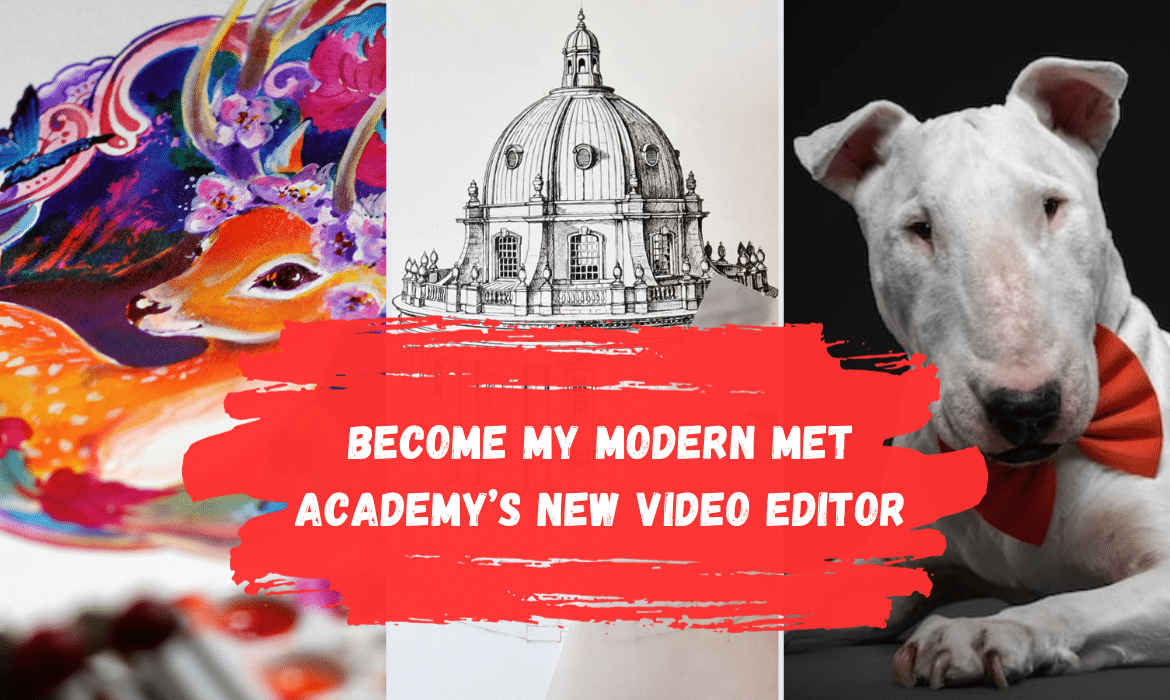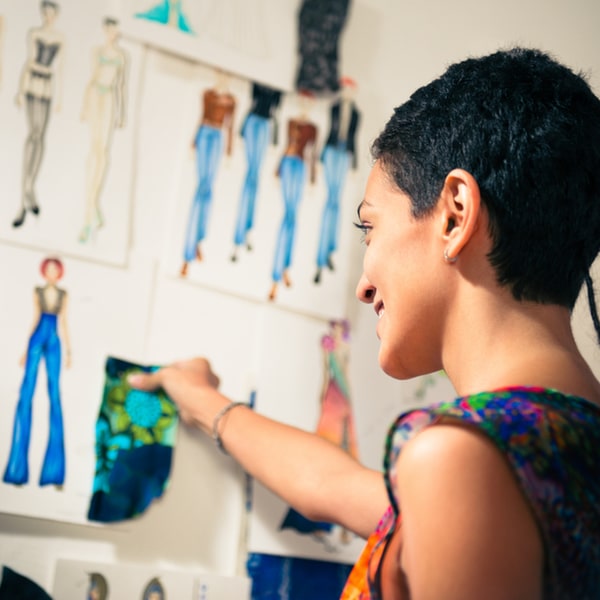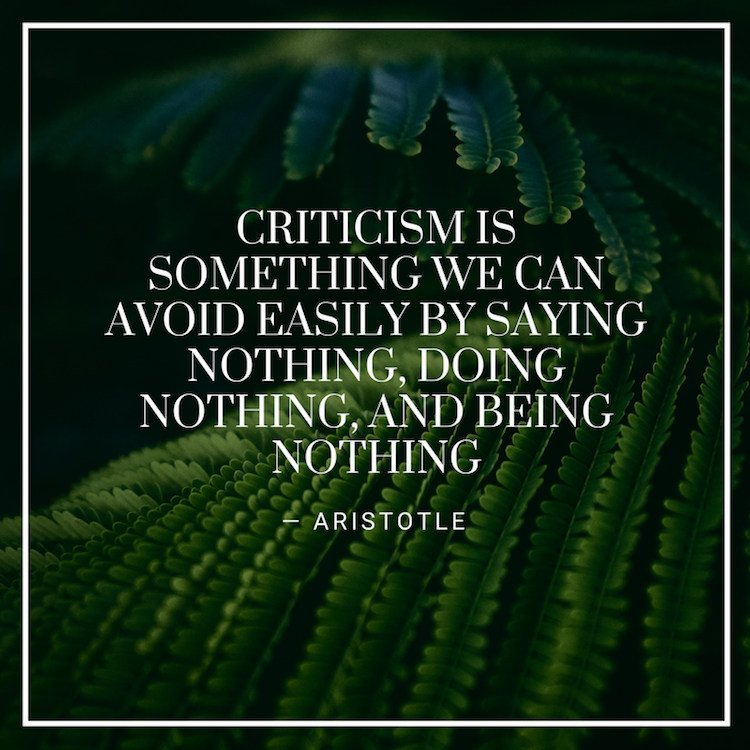
Receiving criticism is a normal part of life. And for artists, it’s often the part of the profession that makes them the most uncomfortable. Let’s face it, most people don’t enjoy receiving criticism, but as a creative, it’s one of the most important aspects of a successful career.
Perhaps because creativity is so tangled with personal expression, many artists hold onto their work, afraid to release it into the world for fear of what people will say. But if taken the right way, putting creative work up for judgment is one of the best tools an artist can have. In fact, there’s a reason why critique is typically a core part of any art school curriculum—a working artist will see their work evaluated daily, whether from professionals or the public at large.
Though it can sting, criticism is a vehicle for growth. It’s also a way to understand your artistic and stylistic values and what, as an artist, you’re willing to fight for. Staying grounded and confident will allow you to open yourself up to constructive feedback, which can be used to keep pushing your art forward.
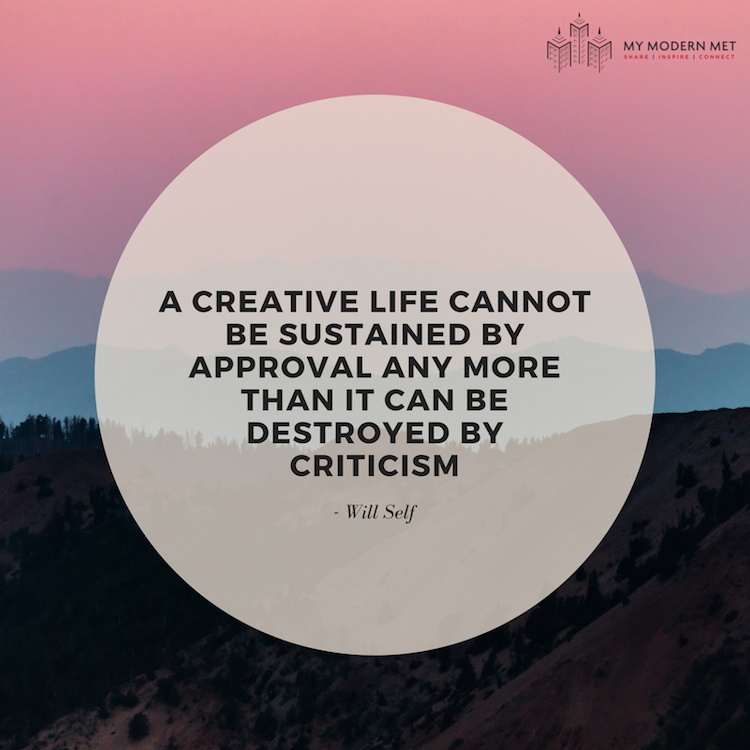
Learn what matters.
When being critiqued, whether it be a comment online or a conversation at a gallery, it’s important to remain calm. People often get blinded by the comments that touch a nerve, discarding or dismissing the conversation and shutting down mentally. By taking a breath, keeping your ears open, and not being defensive, you can learn a lot. This certainly doesn’t mean that you can’t explain your position, but it does mean taking the time to hear the other person out.
Receiving the critique is only half the battle. Where many people fail is their inability to then process the information, weeding out what is valuable and discarding what is not constructive. In fact, those unhelpful comments are often the ones that tend to linger, either for the language used or the nerve touched. It’s important to realize that every piece of feedback has a nugget of information that can be used going forward.
Take the time to sit back and think before responding to, or applying, what’s said. Considering who the feedback comes from, their motives, and qualifications will also help navigate how seriously you need to take their words. Is it someone trained in the field who has a critical eye or is it a passerby who simply has different taste in art? Understanding who is leveling the feedback at you, as well as how they deliver it, can help you figure out what’s worth paying attention to.

Don’t get bogged down by the minutiae.
An immediate reaction for some is to go on the defensive and start picking apart why the criticism is wrong. This can cause you to get into semantics or emotionally charged reasons for why you should discount the critics. One way to avoid this is to evaluate criticism over time.
It’s one thing to get a negative comment about a particular aspect of your work and never hear it again. It’s another if similar feedback keeps rising to the surface. Over time, you may notice a pattern in how people are responding to your work. It’s these patterns that you need to pay attention to. While it’s not important if one person doesn’t like your color palette, it could be vital to your growth if you are constantly hearing that your choices are stale. This is when it’s important to remain open and take an objective step back when it comes to your work.
By thinking about the bigger picture, you’ll liberate yourself of feeling like you need to cater to every comment. That’s not what criticism is about. Constructive criticism doesn’t feel like judgment, but more like people fostering your work and wanting to see you at your best. It often takes outsiders, who are removed from the emotion of the creative process, to see what you may be missing.
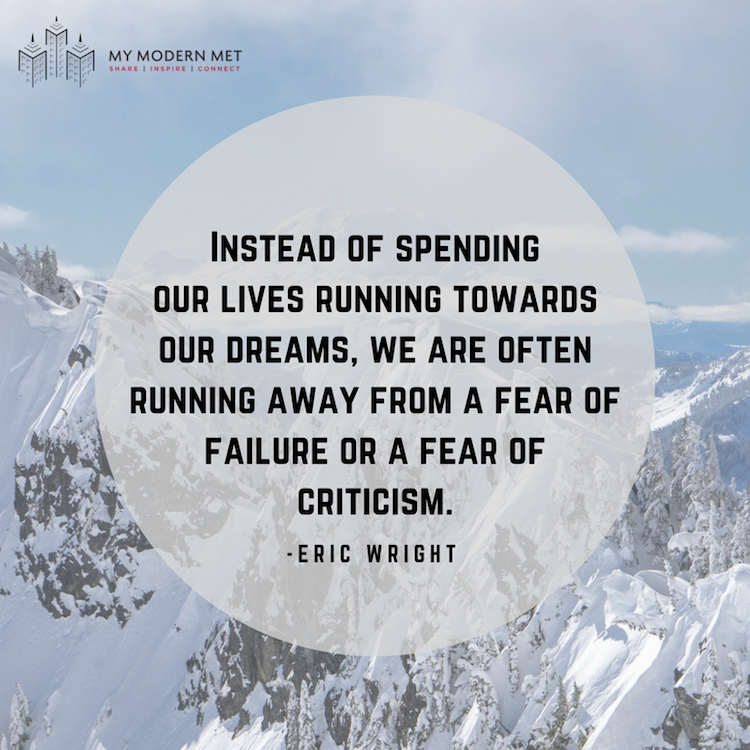
Liberate yourself from fear.
As you grow, you’ll become more confident in your artistry and understand what you are and aren’t willing to compromise on. This security will help liberate you from the fear that paralyzes people from sharing their work with the public. Knowing that you can’t always please everyone—and being ok with it—will open you up to growth.
Fear can come in all sorts of guises. Perhaps you’re a new artist who hasn’t yet exhibited your work publicly. Or maybe you’re an established artist who is afraid to experiment with your tried and true style. Overcoming these fears is a key part of growth.
Think about it. Some of the best artists are risk takers. What if Picasso had never moved toward Cubism? What if Monet and the Impressionists had listened to the art establishment, who said that painting landscapes en plein air was not a worthy pursuit? Some of the best creations come from the risk takers who brushed aside critics to listen to their inner voice.
All this is to say that, as an artist, you should not only expect criticism but welcome it. Use it as a guiding force to push your work forward, knowing when to take heed and when to leave it behind.

Related Articles:
7 Secrets to Etsy Success by Thriving Shop Owners
10 Tips for Moving From Amateur Hobbyist to Professional
6 Artists Share Career Advice They’d Give Their Younger Selves











































































